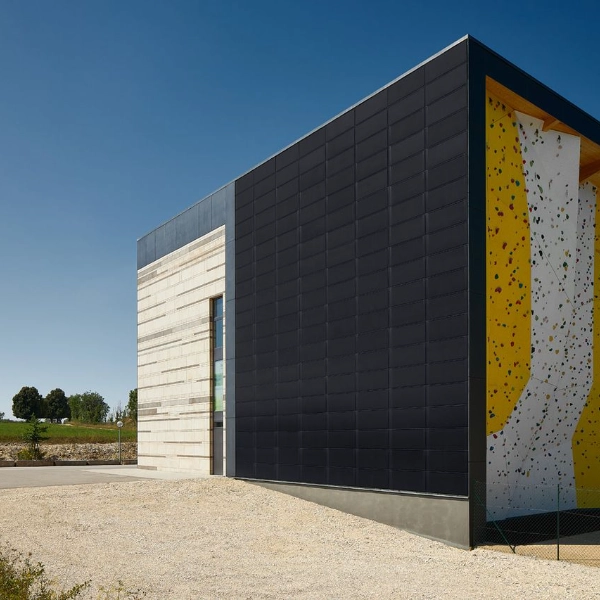The Pros and Cons of Decomposed Granite for Dog Owners: A Comprehensive Guide
When it comes to landscaping and outdoor surfaces, many dog owners are often on the lookout for materials that are not only aesthetically pleasing but also safe and functional for their furry friends. One such material that has gained popularity is decomposed granite (DG). But is decomposed granite good for dogs? In this article, we will explore the benefits and potential drawbacks of using decomposed granite in dog-friendly environments, providing you with the information you need to make an informed decision.
Understanding Decomposed Granite
Decomposed granite is a natural stone material that is formed from the weathering and erosion of granite rock. It is typically crushed into small particles, creating a gravel-like texture that can be used for various landscaping purposes. DG is available in different colors and sizes, making it a versatile choice for pathways, patios, and even dog runs.
Benefits of Decomposed Granite for Dogs
- Natural Drainage: One of the most significant advantages of decomposed granite is its excellent drainage properties. Unlike traditional gravel or concrete, DG allows water to permeate through its surface, reducing the risk of muddy areas that can be uncomfortable for dogs. This feature is particularly beneficial in rainy climates, where standing water can pose health risks to pets.
- Non-Toxic Material: Decomposed granite is a natural product that does not contain harmful chemicals or additives, making it a safe choice for dogs. Unlike some synthetic materials that may leach toxins into the environment, DG provides peace of mind for pet owners concerned about their dog's health.
- Comfortable Surface: The fine texture of decomposed granite creates a softer surface compared to traditional gravel. This can be more comfortable for dogs to walk and run on, reducing the risk of paw injuries or discomfort, especially for older dogs or those with joint issues.
- Low Maintenance: Decomposed granite is relatively low maintenance compared to other landscaping materials. It does not require regular mowing or trimming, and occasional raking can help maintain its appearance. This makes it an ideal choice for busy dog owners who want a functional yet attractive outdoor space.
- Aesthetic Appeal: Available in various colors and textures, decomposed granite can enhance the visual appeal of your yard. It can be used to create pathways, borders, or even designated play areas for dogs, blending seamlessly with the natural landscape.
Potential Drawbacks of Decomposed Granite
- Dust and Allergens: One of the downsides of decomposed granite is that it can produce dust, especially in dry conditions. This dust can be irritating to both dogs and humans, particularly those with respiratory issues or allergies. Regular watering can help mitigate this problem, but it’s something to consider if your dog spends a lot of time outdoors.
- Heat Retention: Decomposed granite can absorb and retain heat, which may make it uncomfortable for dogs during hot weather. If your dog is prone to overheating or has a thick coat, providing shaded areas or water access is essential to ensure their comfort.
- Potential for Digging: Some dogs have a natural instinct to dig, and decomposed granite may not deter this behavior. If your dog is a digger, you may find that they can easily displace DG, leading to uneven surfaces and potential messes in your yard.
- Weed Growth: While decomposed granite can suppress some weed growth, it is not entirely weed-proof. Over time, you may notice weeds sprouting through the surface, requiring occasional maintenance to keep your outdoor space looking tidy.
Conclusion: Is Decomposed Granite Good for Dogs?
In summary, decomposed granite can be a good choice for dog owners looking for a natural, aesthetically pleasing, and functional landscaping material. Its drainage capabilities, non-toxic nature, and comfort make it appealing for outdoor spaces where dogs play and roam. However, potential drawbacks such as dust, heat retention, and the possibility of digging should be carefully considered.




